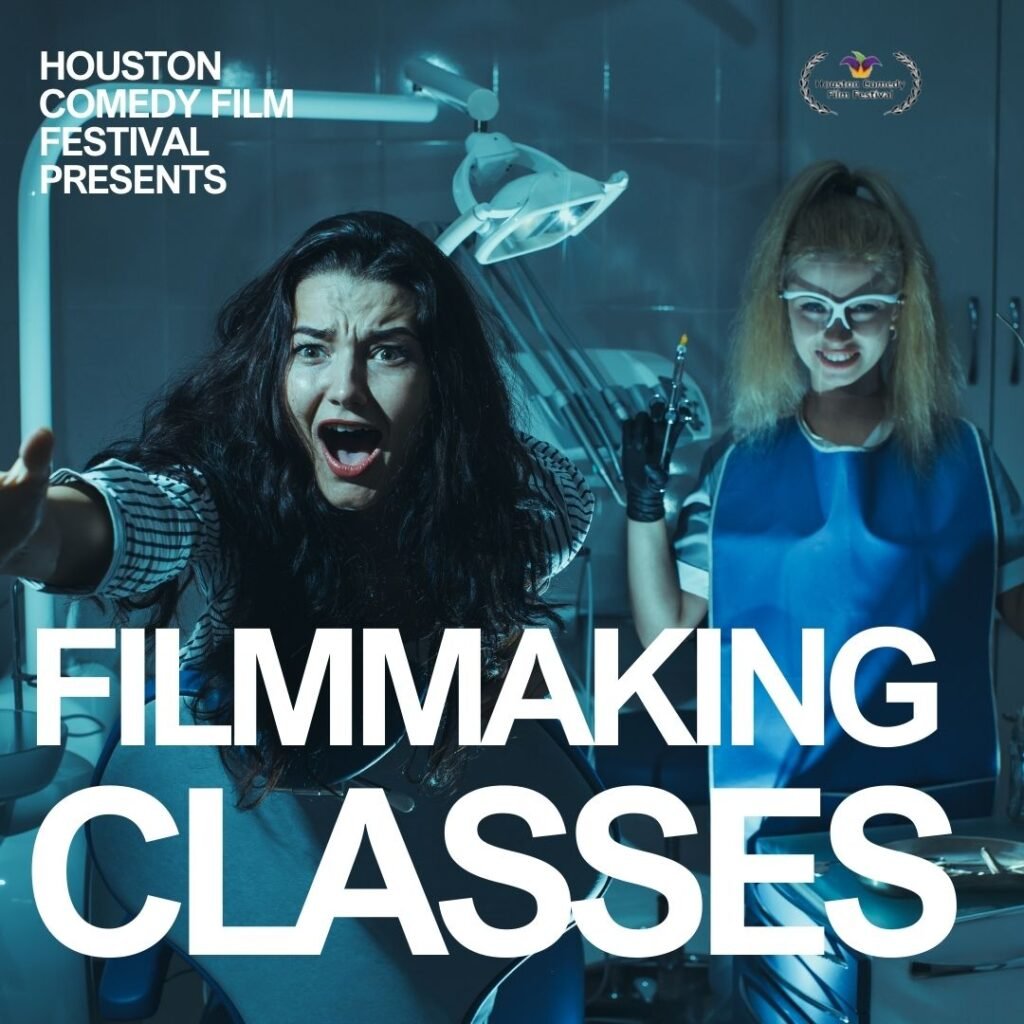Entertainment
Olivia Wilde, Jason Sudeikis Score Legal Victory In Nanny Lawsuit on August 16, 2023 at 11:38 pm Us Weekly
A messy situation. Olivia Wilde and Jason Sudeikis called it quits in November 2020, but the pair have weathered their share of drama in the years since.
Nearly two years after their split, the former couple’s ex-nanny Ericka Genaro detailed her time as their employee in an explosive interview with the Daily Mail. The Don’t Worry Darling director and the Saturday Night Live alum slammed her allegations at the time, but Genaro wasn’t out of their lives just yet.
In February 2023, Genaro filed a lawsuit against the twosome, claiming that they terminated her employment because of the anxiety and depression she allegedly developed while working for them. In court documents obtained by Us Weekly at the time, Genaro’s attorneys alleged that she “became increasingly anxious and stressed” after Wilde and Sudeikis ended their romantic relationship. The exes share son Otis, born in 2014, and daughter Daisy, born in 2016.
Genaro alleged in her complaint that the Booksmart director “abruptly left the home where she lived” with Sudeikis and the children in November 2020. “Wilde’s sudden absence from the home had an adverse consequence on its emotional state, including Sudeikis leaning on the presence of [Genaro] for support,” read the documents.
The childcare pro went on to allege that the Ted Lasso star asked her to “stay up at night after the kids were put to bed to talk” about his personal life, adding that she “felt compelled to engage” in these conversations even though they created “extreme anxiety to her as she ostensibly felt she had to ‘pick sides’ between the parents of the children she was ostensibly the primary caretaker.”
After news of Genaro’s lawsuit broke, Wilde and Sudeikis — who got in engaged in 2013 — did not immediately respond to a request for comment.
Following her split from Sudeikis, Wilde moved on with Harry Styles, whom she directed in the film Don’t Worry Darling. (The New York City native and the “Watermelon Sugar” singer later called it quits in November 2022.)
The O.C. alum went on to slam rumors that her romance with the Grammy winner overlapped with her and Sudeikis’ relationship. “The complete horses–t idea that I left Jason for Harry is completely inaccurate,” Wilde told Vanity Fair in September 2022. “Our relationship was over long before I met Harry. Like any relationship that ends, it doesn’t end overnight. Unfortunately, Jason and I had a very bumpy road, and we officially dissolved the relationship towards the beginning of the pandemic.”
Earlier in 2022, the twosome’s relatively private split became very public when they began a custody battle for their children. In April of that year, Wilde was publicly served with legal papers while speaking at CinemaCon in Las Vegas. Through his rep, Sudeikis claimed at the time that he didn’t know the papers would be served “in such an inappropriate manner.”
Wilde, for her part, later described the incident as an attempt to “sabotage” her CinemaCon presentation. “In any other workplace, it would be seen as an attack,” she told Variety in August 2022. “It was really upsetting. It shouldn’t have been able to happen.”
Keep scrolling for everything to know about Sudeikis and Wilde’s legal battle with Genaro.
A messy situation. Olivia Wilde and Jason Sudeikis called it quits in November 2020, but the pair have weathered their share of drama in the years since. Nearly two years after their split, the former couple’s ex-nanny Ericka Genaro detailed her time as their employee in an explosive interview with the Daily Mail. The Don’t
Us Weekly Read More
Entertainment
Why 8K Might Be Ruining Modern Cinema
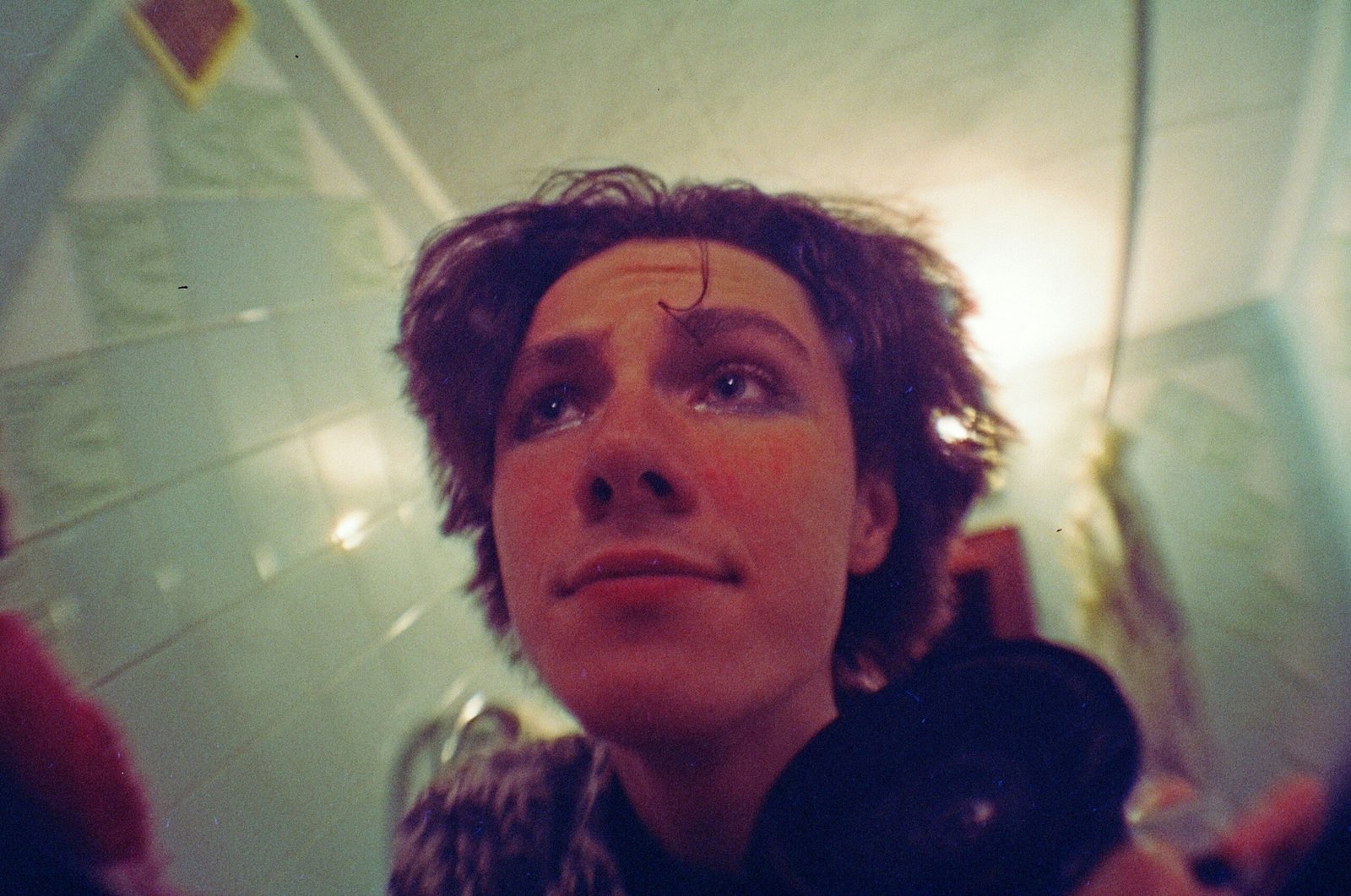
We live in an age obsessed with bigger, better, and more. In filmmaking, this often translates to a relentless pursuit of higher resolution. 4K, 6K, 8K, 12K – the numbers keep climbing, promising unparalleled detail and flexibility. But is this pursuit of resolution truly advancing cinema, or is it leading us down a path of creative compromise? After 20 years in the trenches, I’ve come to believe the latter.
Let’s dive into the controversial topic of high-resolution filming, specifically 8K and beyond. Filmmakers now have the option to shoot their films in resolutions so high that most viewers will never even experience the full potential on their screens. Yet, many jump at the chance, seduced by the apparent advantages.
The Seductive Allure of 8K:
Shooting in 8K offers the promise of incredible flexibility in post-production. Imagine filming in 8K and mastering in 4K: you gain the ability to zoom in up to 200% on any shot and create a close-up from a medium shot. Master in 2K or 1080p? You can crop in 400% and turn that 8K medium shot into an extreme close-up. It sounds like magic! High resolutions can also supposedly simplify VFX work, providing more data and detail for keying green screens or tracking facial expressions.
The Harsh Reality: A Resolution Revolution or Regression?
But before you rush out to buy the latest 8K camera, consider the dark side of high resolution:
- Massive File Sizes & Storage Nightmares: 8K footage devours storage space. We’re not just talking about a slight increase; we’re talking about exponentially larger files. And remember, you need backups – at least one failsafe drive, and ideally two for best practices. Suddenly, your independent film is drowning in data management, and your budget is evaporating on hard drives. Archiving years’ worth of 8K footage becomes a logistical and financial nightmare.
- Post-Production Paralysis: While you can create low-resolution proxies for editing, VFX and color grading demand the full-resolution media. That requires a beast of a computer, specialist editors, and eye-watering render times. How many colorists even have an 8K monitor? You’re potentially looking at renting expensive equipment and paying hourly rates for processing power that will make your head spin.
- The Reframing Rabbit Hole: This is perhaps the most insidious problem. The ability to reframe every shot in post-production becomes a curse. In the days of celluloid, you were largely stuck with what you shot. Now, you’ll find yourself endlessly tweaking compositions, second-guessing on-set decisions, and losing countless hours trying to perfect every single frame. “I’ve opened up Pandora’s Box no shot is safe”. The post-production process goes slower, becomes more tedious, and much less fun.
- Creative Complacency: The Death of Intentionality: When you know you can “fix it in post,” you become less committed to framing and composition on set. Instead of making bold choices, you shoot everything wide, hoping to figure it out later. The artistry of filmmaking suffers. Instead of making specific, directed choices you shoot everything wide and hope you figure it out later. This is why so much modern cinema sucks.
The Disease of Modern Cinema:
We are losing that human thought and premeditation of every moment of the film. The magic of filmmaking lies in capturing pieces of time from a specific point of view and assembling them into something greater than the sum of their parts. It ruins the fun when every single shot becomes Play-Doh to be molded into whatever shape you later decide it should be.
Learning from Film:
This is why I got into photography by using film. Digital photography had never interested me even a little bit. You can take a digital camera and shoot a photo a thousand times for free, reviewing it immediately after snapping every single photo. This means consequences for a bad photograph. Film is more intentional. Each picture becomes something so much more than just hoed data; it’s an intentional choice with thought behind it and Stakes baked in.
The Bottom Line:
Don’t let the resolution race blind you. Focus on crafting a compelling story, capturing great performances, and making intentional choices on set. Embrace limitations, prioritize creativity over technical wizardry, and remember that a well-crafted film in 2K or 4K will always be more impactful than a poorly executed film in 8K. High resolution is not a substitute for vision. The answer is making a statement with your film, make it loud. Make the audience understand that you stood behind your choices.
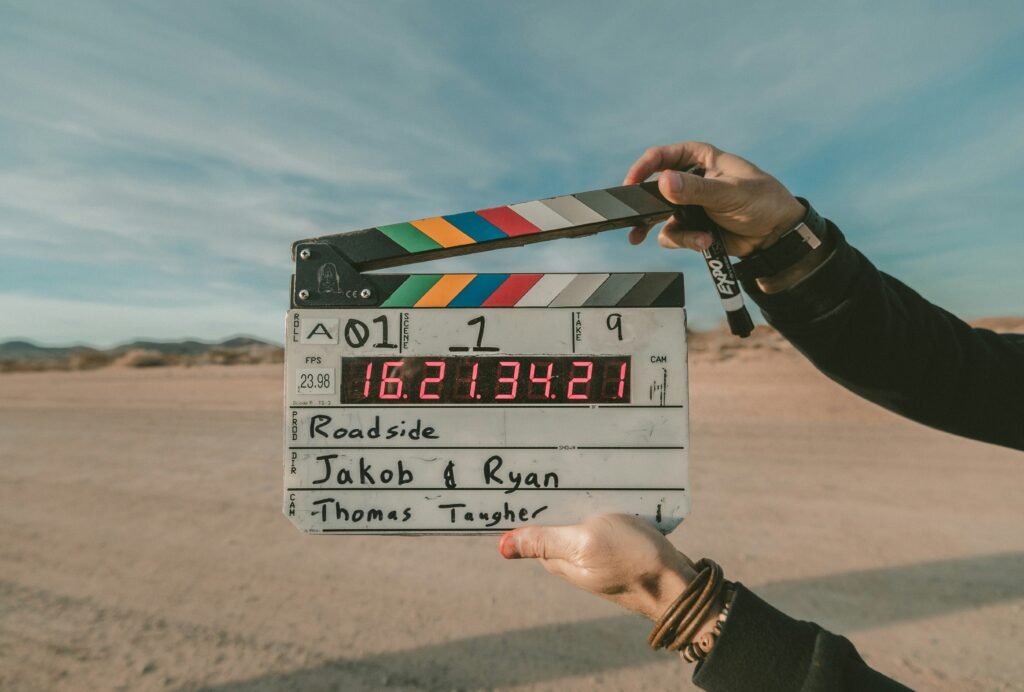
Is 8K ruining modern cinema? Perhaps not single-handedly. But its allure, and the mindset it fosters, is contributing to a loss of intentionality and artistry in filmmaking. It’s time to step back from the resolution race and rediscover the power of creative constraints.

Bolanle Media covers a wide range of topics, including film, technology, and culture. Our team creates easy-to-understand articles and news pieces that keep readers informed about the latest trends and events. If you’re looking for press coverage or want to share your story with a wider audience, we’d love to hear from you! Contact us today to discuss how we can help bring your news to life
Entertainment
Why Do Good Movies Use Just 3 Colors
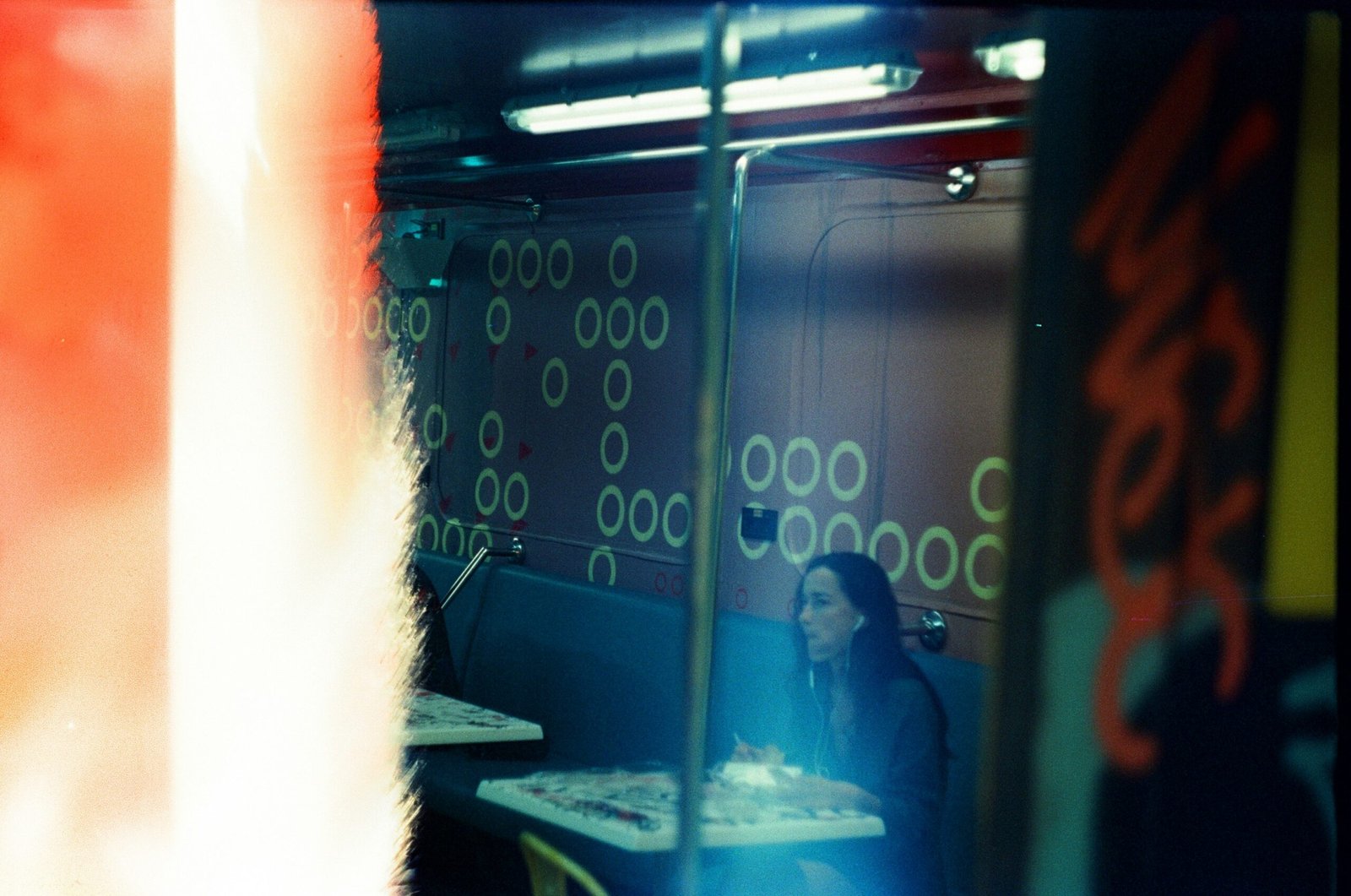
The “Three Color Rule” in filmmaking is a guideline suggesting that a film’s color palette should consist of a primary color (60%), a secondary color (30%), and an accent color (10%). This rule is employed to focus the viewer’s attention, maintain a specific mood, and convey messages through color.
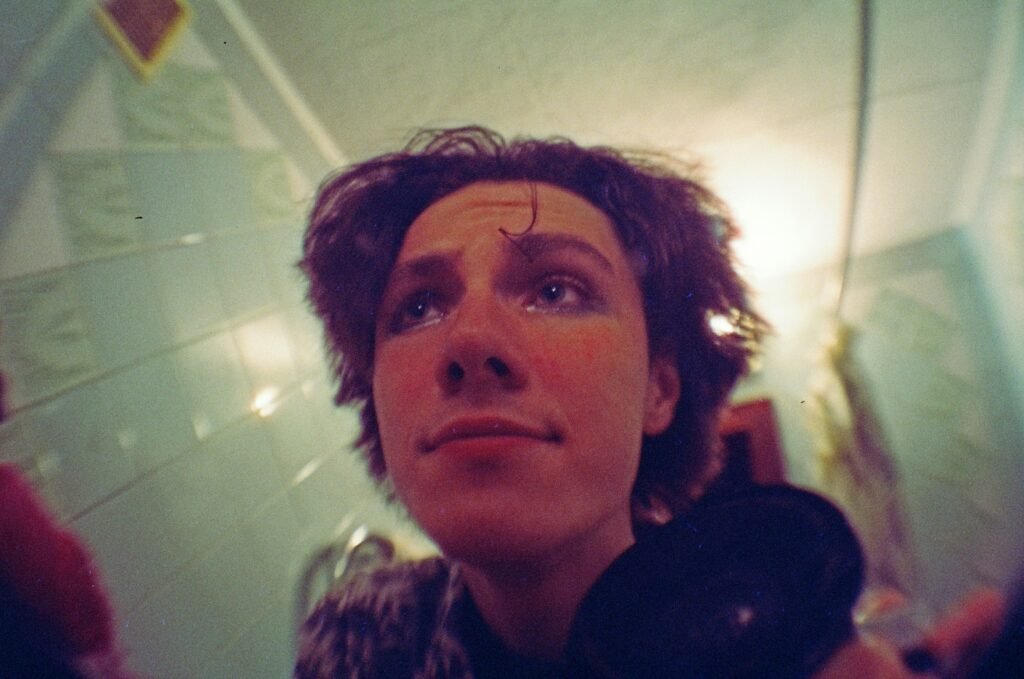
How the Three Color Rule Works:
- Balance and Harmony The 60-30-10 rule is about creating a balanced and harmonious color scheme. The dominant color occupies most of the frame, while the secondary color supports it, adding depth. The accent color provides contrast and draws the eye to specific elements.
- Cinematographers, DOPs (Directors of Photography), and editors use the Three Color Rule to focus the audience’s attention on the story.
- Color Grading Great films maintain consistent color grading to sustain a mood or direct attention, using color to communicate with the audience.
Examples of Films Using Color Effectively:
- Her In Her, the primary color is brown, the secondary color is red, and the accent is a subtle blue.
- Mad Max: Fury Road This film uses vibrant oranges and blues to create a visually stunning desert landscape and evoke feelings of intensity, danger, and urgency.

- Amélie Features a warm color palette with greens, reds, and yellows to mirror the film’s whimsical and romantic nature.
Color choices in film are used to enhance storytelling, develop characters, and create immersive atmospheres. Each color carries its own associations and meanings:
- Red Signifies anger, passion, desire, and violence.
- Blue Represents faith, peace, calm, and trust.
- Green Symbolizes healing, nature, renewal, and envy.
The use of color in film is a deliberate choice by filmmakers to make a statement and add depth to the story.

Bolanle Media covers a wide range of topics, including film, technology, and culture. Our team creates easy-to-understand articles and news pieces that keep readers informed about the latest trends and events. If you’re looking for press coverage or want to share your story with a wider audience, we’d love to hear from you! Contact us today to discuss how we can help bring your news to life
Entertainment
Ye’s Super Bowl Ad Followed by Swastika T-Shirt: Controversy Escalates

Kanye West, now legally known as Ye, has sparked widespread outrage following a Super Bowl commercial promoting his website, which is currently selling a single item: a $20 white T-shirt featuring a black swastika. This move has drawn sharp criticism from organizations like the Anti-Defamation League (ADL) and social media users, further escalating concerns over Ye’s recent behavior and statements.
Key Details of the Controversy:
- Super Bowl Ad: The ad aired in select markets, including Los Angeles, and featured Ye reclining in a dentist’s chair, showing off jewel-encrusted teeth. He directed viewers to visit his website, Yeezy.com, which initially offered various items but soon displayed only the swastika T-shirt.
- Antisemitic Remarks: The ad followed Ye’s recent tirade on X (formerly Twitter), where he called himself a Nazi and expressed admiration for Adolf Hitler. He deactivated his account shortly after.
- Symbol Debate: While the T-shirt design features the Nazi Hakenkreuz (“hooked cross”), it has been widely misidentified as a swastika. Some social media users highlighted the distinction between the sacred Hindu swastika and the Nazi symbol.
- ADL Condemnation: The ADL criticized Ye for promoting hate and using a symbol that continues to instill fear among those targeted by antisemitism and white supremacy.
- Public Backlash: Many have pointed out Ye’s hypocrisy, as he previously claimed he would never sell such merchandise to avoid putting fans at risk. Critics argue this stunt reflects either desperation or deliberate provocation.
The controversy underscores Ye’s increasingly erratic behavior and his ongoing alienation from fans and collaborators.

Bolanle Media covers a wide range of topics, including film, technology, and culture. Our team creates easy-to-understand articles and news pieces that keep readers informed about the latest trends and events. If you’re looking for press coverage or want to share your story with a wider audience, we’d love to hear from you! Contact us today to discuss how we can help bring your news to life

 Entertainment3 weeks ago
Entertainment3 weeks agoSelena Gomez’s Emotional Message to Fans on Immigration

 News3 weeks ago
News3 weeks agoTrump’s Executive Order Blitz: 200 Actions in 24 Hours

 Entertainment3 weeks ago
Entertainment3 weeks agoInside the Bizarre Obama-Aniston Gossip Saga

 Advice4 weeks ago
Advice4 weeks ago10 Lessons from the Top Film Editors

 Film Industry3 weeks ago
Film Industry3 weeks agoBaldoni Fights Back with Unedited Footage

 Advice4 weeks ago
Advice4 weeks agoWant to Succeed in Film? Avoid These 8 Common Mistakes!

 Politics3 weeks ago
Politics3 weeks agoProposal to Allow Trump a Third Presidential Term

 News4 weeks ago
News4 weeks agoHow School Districts Are Responding to Deportation Fears



